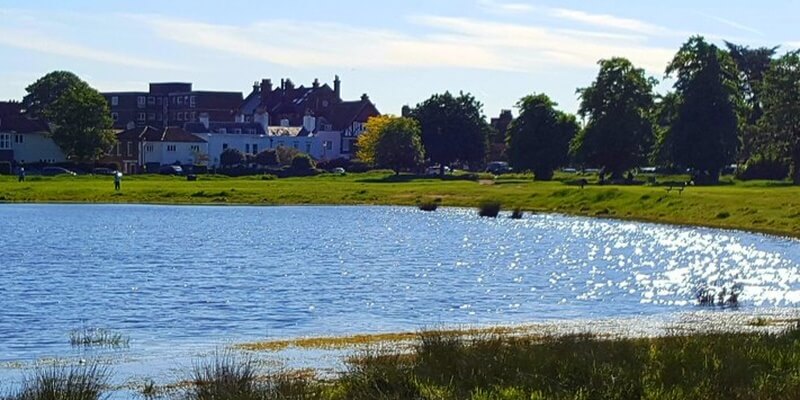What is common land?
Common land is land, usually in private ownership, that has rights of common over it. It is generally open, unfenced and remote. The Countryside and Public Rights of Way (CROW) Act 2000 gives the public a right of access on foot to certain areas of ‘access land’ which includes registered common land.
Rights of common can include:
- grazing sheep or cattle (herbage)
- taking peat or turf (turbary)
- taking wood, gorse or furze (estovers)
- taking of fish (piscary)
- eating of acorns or beechmast by pigs (pannage)
The people who are able to exercise the rights listed above are generally known as ‘commoners’.
A search can be carried out to identify whether land is currently registered as common land.
What is a village green?
Village greens are usually areas of land within defined settlements or geographical areas which local inhabitants can go onto for the exercise of lawful sports and pastimes. These include organised or ad-hoc games, picnics, fetes and other similar activities. Whilst land forming town or village greens may be privately owned, many greens are owned and maintained by local Parish or Community Councils. Some greens may also have rights of common (i.e. grazing of livestock) over them. It is deemed to be a public nuisance to enclose or encroach on a green or interfere with, disturb or build on a green unless this is done “with a view to the better enjoyment of such town or village green.”
Beware if you are interested in buying a property which abuts a village green. Some time ago I acted for a client who had fallen in love with a picture perfect cottage in a beautiful village. In front of the property was a green area separated from the actual village green. Unfortunately the vehicular access needed to be improved but the only way of doing that would have been to have taken away part of that green area. Our searches revealed that in fact this was registered as part of the village green and so this could not be contemplated.
It is clear that registration of land as a green is likely to prevent development so it could be a serious issue for a developer if land is at risk of registration as a green. Although as illustrated above, a search can be carried out to identify whether land is currently registered as a town or village green the absence of registration at the time of purchase does not prevent registration in the future. Significant changes to the law on registering new greens were introduced in 2013. These changes make it more difficult to register land in England as a green. Successful registration preventing development is likely to devalue land significantly.
If you are a developer or indeed would like any advice on common land or town and village greens, our experienced property law team is able to provide advice to landowners on all aspects of registration, protection, variation and objections to the same.

